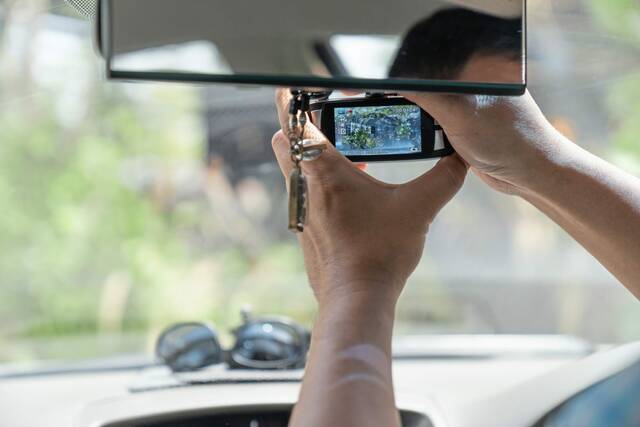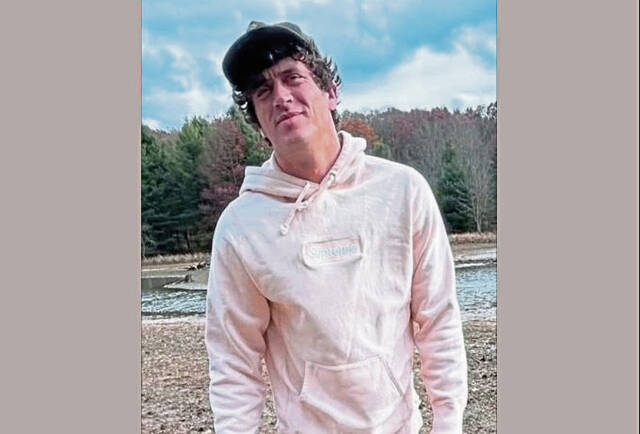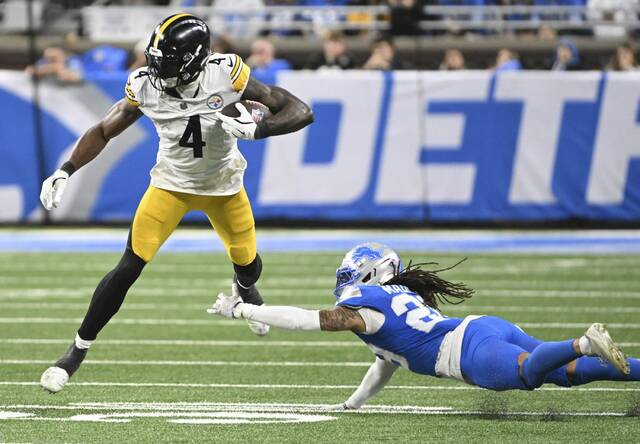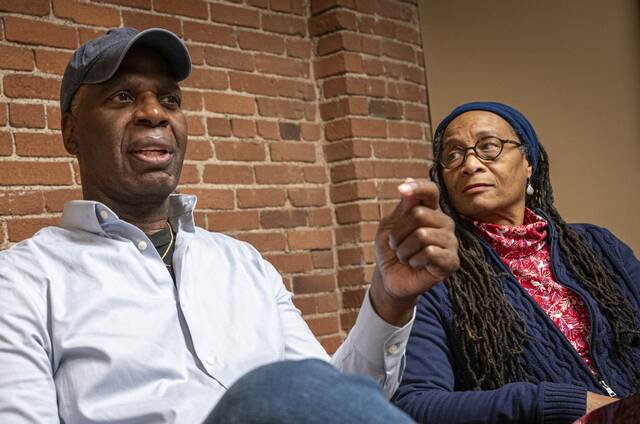Dashboard cameras, once a mainstay mostly of law enforcement vehicles, have grown in popularity with motorists in recent years.
While most often meant to add a layer of security for drivers during traffic stops and insurance claims, they can sometimes offer a detailed look at larger events, as they have in two recent Allegheny County homicide cases.
In the criminal case of Kevin McSwiggen, the camera attached to the windshield of his Ford truck captured his stream of consciousness and his actions leading up to his shooting of an off-duty police officer Sunday night, police said.
The camera was rolling as McSwiggen encountered Charles Stipetich on the road. Now footage from McSwiggen’s dashboard camera could be key evidence for prosecutors.
Dash cam sales had been on the rise for several years but slowed by 3% during 2020’s pandemic-related shutdowns, according to Consumer Reports.
According to Rick Kowalski, director of industry analysis at the Consumer Technology Association, which follows such market trends, more than 1.3 million cameras are expected to ship this year — up 15% over 2021. That represents a $174 million market, he said. They generally run in price from $50 to $300.
“They help people capture video of their travels, add security to the vehicles or offer helpful documentation in case of an accident,” Kowalski said.
He said increased vacation travel could be driving the uptick in sales, but they’re increasingly being used as an anti-theft device.
In cases of crashes and thefts, the footage most often belongs to the victim in the case. In McSwiggen’s case, it was cited as evidence for his arrest.
States have varying wiretap laws that can prohibit some forms of recording. Pennsylvania law prohibits recording unless all parties consent to be recorded or the recording is done in a place where there is no reasonable expectation of privacy.
“When a private citizen decides to mount a dash cam up on their car to record something, they are certainly waiving any expectation of … privacy,” said Bruce Antkowiak, a former prosecutor and law professor at Saint Vincent College in Unity.
When it comes to being used as evidence, the camera and what it has recorded will generally fall under the normal rules of criminal procedure.
“It’s simply going to be a matter of whether the police seized the camera properly,” Antkowiak said. “It creates an interesting question if the camera is mounted in the car.”
For police to be able to search one’s car, the individual must either consent to the search or police must have probable cause and evidence of exigent circumstances — that is, if they were to take the time to apply for a search warrant, the car or evidence inside of it could be destroyed.
“The mere fact that (the camera) is there does not automatically justify the seizure of it,” Antkowiak said. “They would still need to get a warrant unless there was some exigency — unless somebody was going to be moving the car, destroying the car, and they didn’t have time to get a warrant.”
In the case of McSwiggen, the officer who wrote the criminal complaint noted explicitly that investigators “applied for and were granted a search warrant to seize the camera and view its contents.”
“Really, (expletive),” 40-year-old McSwiggen said as Stipetich passed him in his red Taurus, according to the criminal complaint against him. McSwiggen honked, then said aloud he would “put the high beams on, I don’t care.”
Camera footage shows McSwiggen allegedly following Stipetich, an Oakdale police officer, to his Blawnox home, according to the complaint, as well as his continued train of thought: “Oh, I should just cut you up, oh, I should just cut you.”
Later, it shows everything but the moment the bullet struck Stipetich, according to the complaint.
Antkowiak said obtaining a warrant, in most instances, would not be terribly difficult, as something does not have to be contraband for police to be able to seize it.
“It can be evidence, and certainly a videotape of the incident is going to be prime evidence,” he said.
Dash cam footage has also played a role in the case against Calvin Crew, who is accused of killing Uber driver Christi Spicuzza in February. In that case, Crew allegedly ripped the camera, which was facing the interior of the vehicle, off of the dashboard after pulling a gun on Spicuzza.
The criminal complaint in that case does not explicitly state that police obtained a warrant to view the camera footage, but the circumstances are also different. In this case, the camera had been in the victim’s car. On top of that, it was not in the car when it was recovered; rather, investigators found it discarded on a roadside about a week later.
Antkowiak said he expects that the conversations around recordings and wiretap laws will continue as the push for more monitoring in more places continues, particularly since federal wiretap laws are looser than Pennsylvania state law.
He also said he expects such footage to continue to be central to some cases.
“(Cameras) pretty much seal the deal on many cases,” he said, noting that it takes away the argument of one person’s word against another in things such as DUI cases.
“It’s also critical in cases where there’s an alleged abuse by the police of their authority, where you can clearly show the sequence of events leading up to things occurred,” he said. “It simply provides an authoritative record and it will allow people to have a much better picture of it.”








